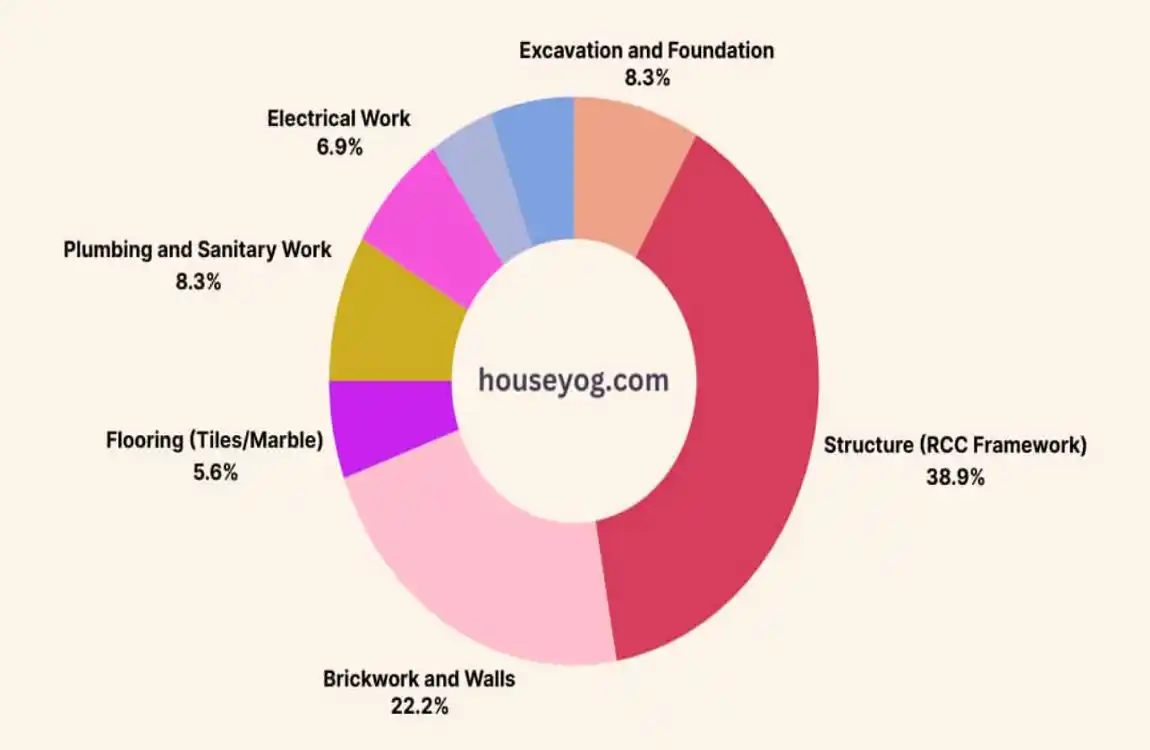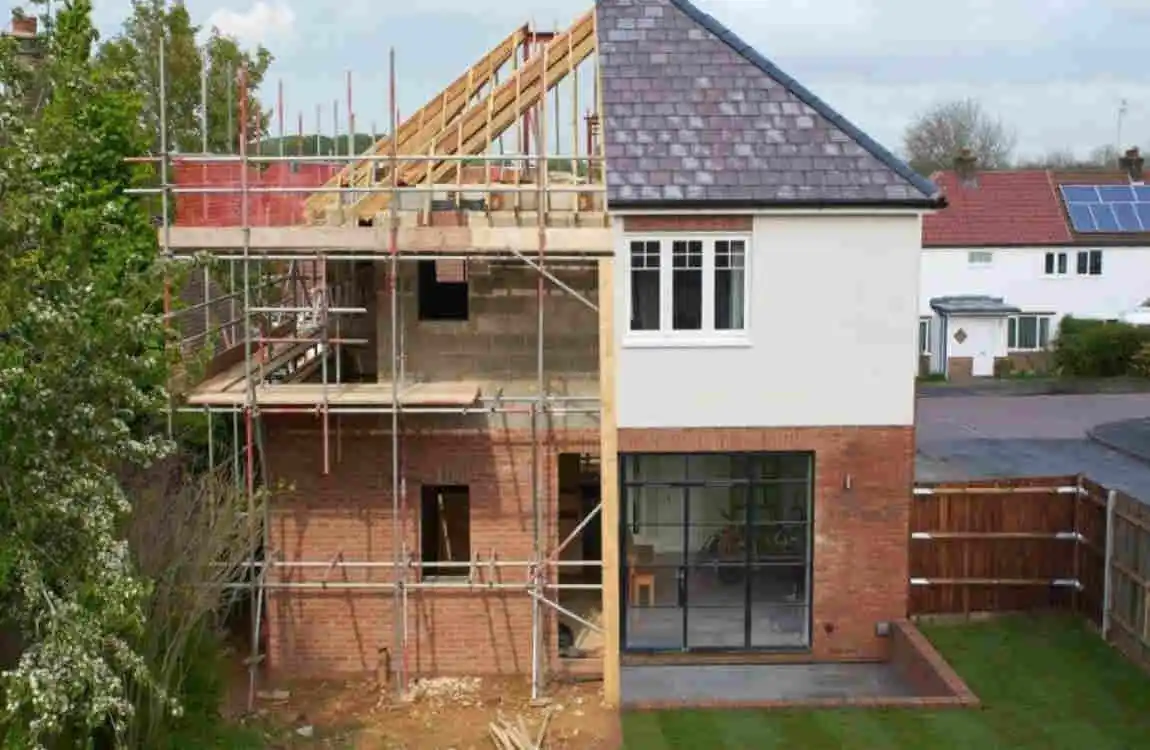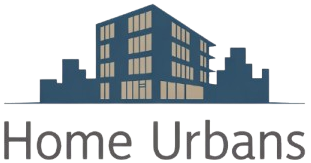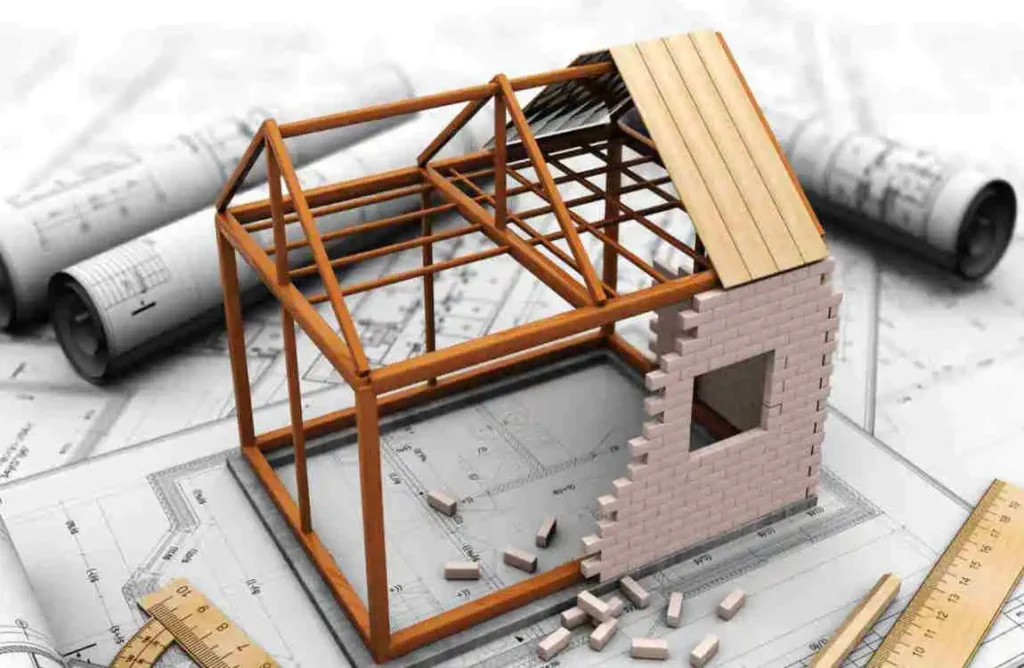Building a new home is an exciting journey, but understanding the cost of a new construction home in 2025 is crucial before you dive in. Whether you’re a first-time homeowner or an investor, knowing what drives these costs helps you plan smarter, avoid surprises, and build your dream home within budget. T
Understanding New Construction House Cost in 2025

What Exactly Is a New Construction House?
At its core, the new construction house cost refers to all expenses involved in building a brand-new home from the ground up. This includes land purchase, materials, labor, permits, design fees, and even landscaping. Think of it as the total cost of creating your home, not just the physical building.
Average Cost Per Square Foot in 2025
In 2025, the average cost per square foot varies widely depending on location and home type. Here’s a quick snapshot:
Region Urban Cost (per sq. ft.)Rural Cost (per sq. ft.)
Northeast $230 – $280 $140 – $180
South $180 – $230 $110 – $150
Midwest $150 – $200 $100 – $140
West $250 – $320 $160 – $210
As you can see, urban areas tend to be pricier due to higher land values and labor costs, while rural locations offer more affordable options.
How Costs Have Changed Over Time
Compared to previous years, new home construction costs have steadily increased, mainly due to inflation, supply chain disruptions, and rising demand. For example, the average price per square foot has jumped about 8-12% since 2022. This trend reflects broader economic shifts but also highlights the need for careful budgeting.
Market Dynamics Influencing Costs
Two major market forces shaping costs are supply chain challenges and labor availability. Ongoing delays in material delivery, rising freight costs, and a shortage of skilled workers push prices upward. These factors can add weeks to construction timelines and thousands of dollars to your budget.
Key Trends Driving New Construction House Costs in 2025
Material Price Fluctuations and Innovations
Materials like lumber, concrete, and steel remain the backbone of construction costs. Prices have been volatile recently—lumber saw big spikes followed by stabilization, while concrete and steel prices have slowly crept up.
At the same time, innovations in building materials, such as recycled composites and pre-fabricated components, offer potential savings and sustainability benefits. These new materials might cost more upfront, but can reduce labor time and waste.
Rising Labor Costs and Skilled Labor Shortages
Labor costs continue to climb because skilled workers are in short supply. Builders often compete for electricians, plumbers, and carpenters, which drives wages up. This shortage can delay projects and increase overall expenses.
Green Building and Energy-Efficient Requirements
More homeowners want energy-efficient and environmentally friendly homes, which often means stricter building codes and more expensive materials like insulated windows or solar panels. These features add to initial costs but usually save money in the long run through lower utility bills.
Technology Integration: Smart Home Features
Smart home technology—like automated lighting, Security systems, and climate controls—is becoming mainstream. Installing these systems adds complexity and cost but also increases home value and convenience.
Regulatory Changes and Building Codes
New or updated building codes and regulations aimed at safety and sustainability can increase costs. These might require stronger foundations, better insulation, or fire-resistant materials, all of which affect your bottom line.
Major Factors Affecting New Construction House Cost
Land Acquisition Costs
The first considerable expense is usually the land itself. Factors include:
- Location: Proximity to cities, schools, and amenities impacts price.
- Size: Larger lots cost more but may offer better privacy or future expansion.
- Zoning: Restrictions or requirements can add legal fees or limit what you can build.
Design and Architectural Complexity
Custom home designs tend to be more expensive than standard or production plans due to unique features and extra architectural work. The level of detail, number of rooms, and style all influence cost.
Foundation and Structural Elements
Your choice of foundation—whether a simple slab, crawl space, or full basement—significantly affects costs. Advanced foundations cost more but can add usable space or better durability.
Interior and Exterior Finishes
From flooring materials to cabinetry and roofing, finish selections vary widely in price. High-end hardwood floors or granite countertops will increase costs, while vinyl or laminate options can be more budget-friendly.
Mechanical Systems
Heating, ventilation, air conditioning (HVAC), plumbing, and electrical systems are essential but often overlooked cost areas. Adding innovative technologies or energy-efficient appliances may increase initial costs but add value later.
Permits, Inspections, and Legal Fees
Permits and inspections are mandatory and come with fees that vary by location. These can be hidden costs, but they should be anticipated when budgeting to avoid surprises.
Regional Differences in New Construction House Costs

Cost Breakdown by Region
Region Average Total Cost (2,000 sq. ft. home)
Northeast $460,000 – $560,000
South $360,000 – $460,000
Midwest $300,000 – $400,000
West $500,000 – $640,000
Urban, Suburban, and Rural Pricing Trends
- Urban areas have the highest costs due to high land and labor costs.
- Suburban homes offer a middle ground with moderate land prices.
- Rural locations tend to be the most affordable but may have higher transportation or infrastructure costs.
Local Labor Markets and Vendor Availability
Regions with a strong construction industry often offer more competitive labor rates and a wider range of vendors, which can lower costs. Conversely, remote areas may face higher prices due to scarcity.
Budget Planning for New Construction Houses in 2025
Steps to Estimate Overall Construction Cost
- Determine your home size and style.
- Research the local cost per square foot.
- Add land costs and site preparation fees.
- Include design and permit fees.
- Factor in landscaping and additional features.
Creating a Detailed Budget: Fixed vs. Variable Costs
- Fixed costs: Land price, permits, basic materials.
- Variable costs: Interior finishes, upgrades, landscaping.
Tracking these separately helps you adjust plans if needed.
Contingency Funds for Unexpected Expenses
Always set aside 10-20% of your budget as a contingency for surprises like weather delays, price hikes, or design changes.
Financing Options: Construction Loans vs. Traditional Mortgages
Construction loans cover building costs and convert to a mortgage after completion. They often have higher interest rates and stricter approval, but offer flexibility during the build.
Negotiating with Builders and Suppliers
Don’t hesitate to negotiate prices or ask for bundled deals. Experienced builders might offer discounts on construction materials or labor if you commit to a whole project.
Cost-Saving Tips Without Compromising Quality
Prioritize Must-Have Features
List your essentials versus nice-to-haves. Focus your budget on what truly matters to you.
Choose Durable, Cost-Effective Materials
Materials like engineered hardwood, vinyl siding, or composite decking balance cost and longevity.
Maximize Energy Efficiency
Investing in better insulation, LED lighting, and efficient HVAC systems cuts utility bills and may qualify for incentives.
Collaborate with Experienced Architects and Builders
Professionals can optimize designs to reduce waste and lower costs without sacrificing style or function.
Utilize Government Incentives and Tax Credits
Programs for energy-efficient homes or first-time builders can provide valuable savings.
Common Mistakes That Inflate New Construction House Costs
- Underestimating site preparation: Difficult terrain or poor soil increases foundation costs.
- Ignoring maintenance costs: Cheap materials often mean higher upkeep later.
- Skipping builder research: Poor reputations can lead to costly delays or fixes.
- Over-customization: Adding too many unique features can balloon expenses beyond budget.
Case Studies and Real-Life Examples for 2025
Typical 2,000 sq. ft. Home Cost Breakdown
Expense Category Estimated Cost
Land Acquisition $50,000 – $100,000
Construction Materials $180,000 – $220,000
Labor $100,000 – $130,000
Permits & Fees $8,000 – $12,000
Interior Finishes $40,000 – $60,000
Mechanical Systems $30,000 – $40,000
Contingency $30,000 – $50,000
Custom Luxury Home vs. Production Home
Luxury homes can cost double or triple production homes due to Premium materials, complex designs, and high-end features. Production homes benefit from economies of scale and simpler plans.
Lessons from Homeowner Experiences
Many homeowners stress the importance of early planning, hiring trustworthy builders, and maintaining flexibility to adapt budgets.
Future Outlook on New Construction House Costs
Predictions Beyond 2025
Costs are expected to rise moderately due to inflation and continued demand, but may stabilize as material innovations grow.
Emerging Technologies and Sustainable Building
Advancements like 3D-printed homes and net-zero energy designs could disrupt cost structures, making some aspects cheaper and others more expensive.
Preparing for Market Shifts
Stay informed on economic trends, keep budgets flexible, and build contingency plans for unexpected changes.

